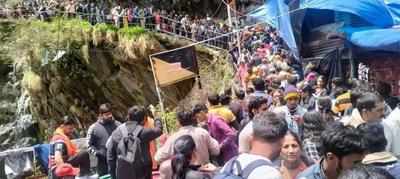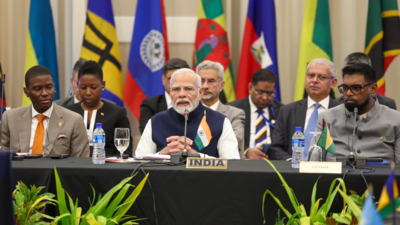It wasn’t until I moved to Los Angeles and saw people from all over Mexico honoring their dead that I built my first Día de Muertos altar 13 years ago. Now, it is an annual rite I practice every Nov. 1 and 2.
I’ve witnessed how a spiritual ritual I grew up celebrating — by scrubbing graves in my town in Mexico and adorning them with flowers and my loved one’s favorite foods — has transformed into a cultural event and tradition for all Angelenos. I even played a part in the phenomenon through my role as the producer of one of the largest Day of the Dead festivals in the U.S.
at the Hollywood Forever Cemetery between 2013 and 2023. The celebration that’s remained alive for centuries has grown around the world and in Mexico itself continues to evolve. In Mexico City, there is now a giant Day of the Dead parade, said to have been inspired by the opening scene in the 007 movie “Spectre.
” In Oaxaca and Michoacán, the holiday has become the peak of the tourist season after the commercialization of this tradition via movies like Pixar’s “Coco.” While it’s easy to get turned off by the commercialization of this spiritual practice, Mexican and Indigenous immigrants know that Día de Muertos is not just another day to dress up in costume. It’s not the new Halloween.
It’s a chance for many to reclaim Mexico’s Indigenous roots. The celebration goes back to pre-Hispanic times when it was believed the dead come back to visit the living. Merging Catholic tr.

















